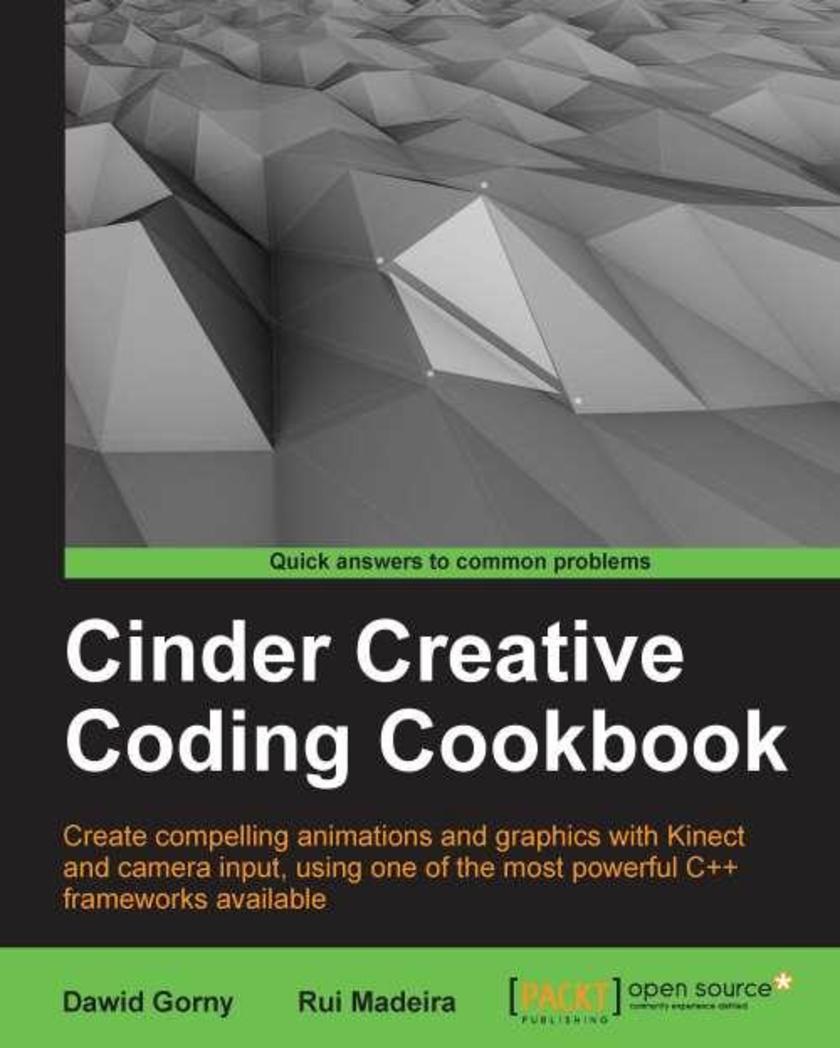
Cinder Creative Coding Cookbook
¥90.46
Full of easy-to-follow recipes and images that will teach powerful techniques and algorithms, building from basic projects to challenging applications. This book is for artists, designers, and programmers who have previous knowledge of C++, but not necessarily of Cinder.
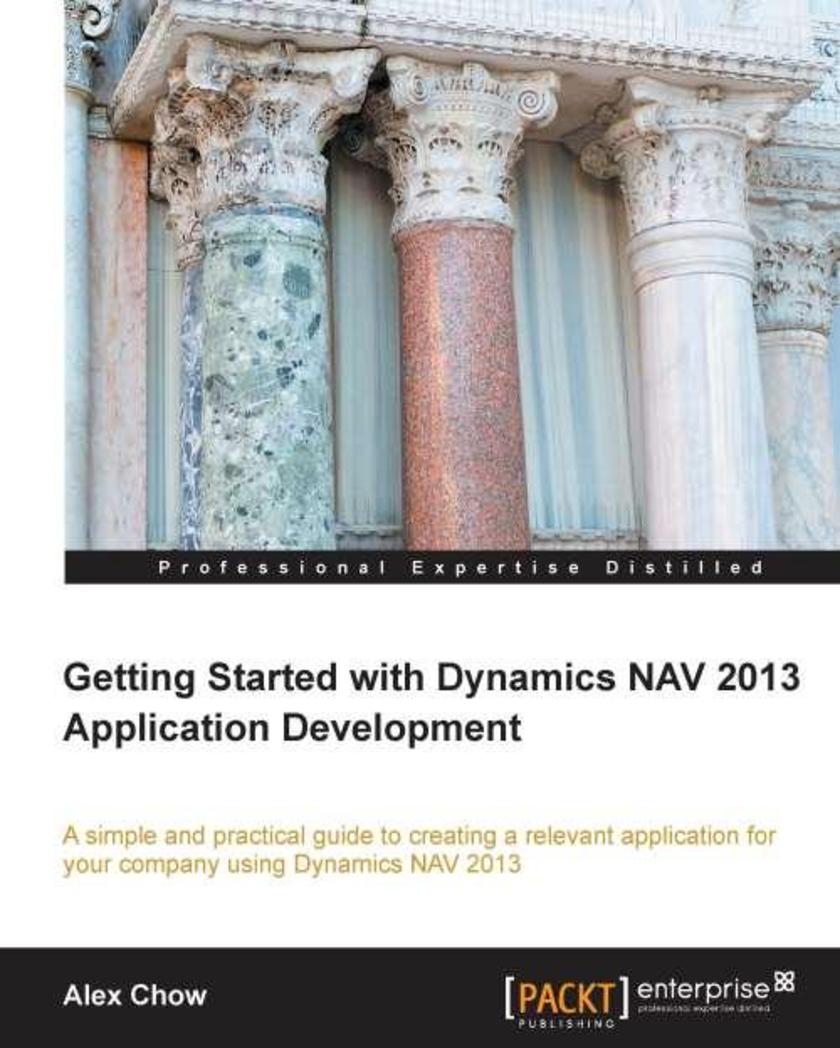
Getting Started with Dynamics NAV 2013 Application Development
¥80.65
Presented in an easy-to-follow, step-by-step tutorial, "Getting Started with Dynamics NAV 2013 Application Development" introduces the reader to the main concepts of developing with Dynamics NAV."Getting Started with Dynamics NAV 2013 Application Development" is for any user who uses Dynamics NAV as their main business software. This is also for any developers who may be familiar with other accounting software and wish to get into developing within the Dynamics NAV field.
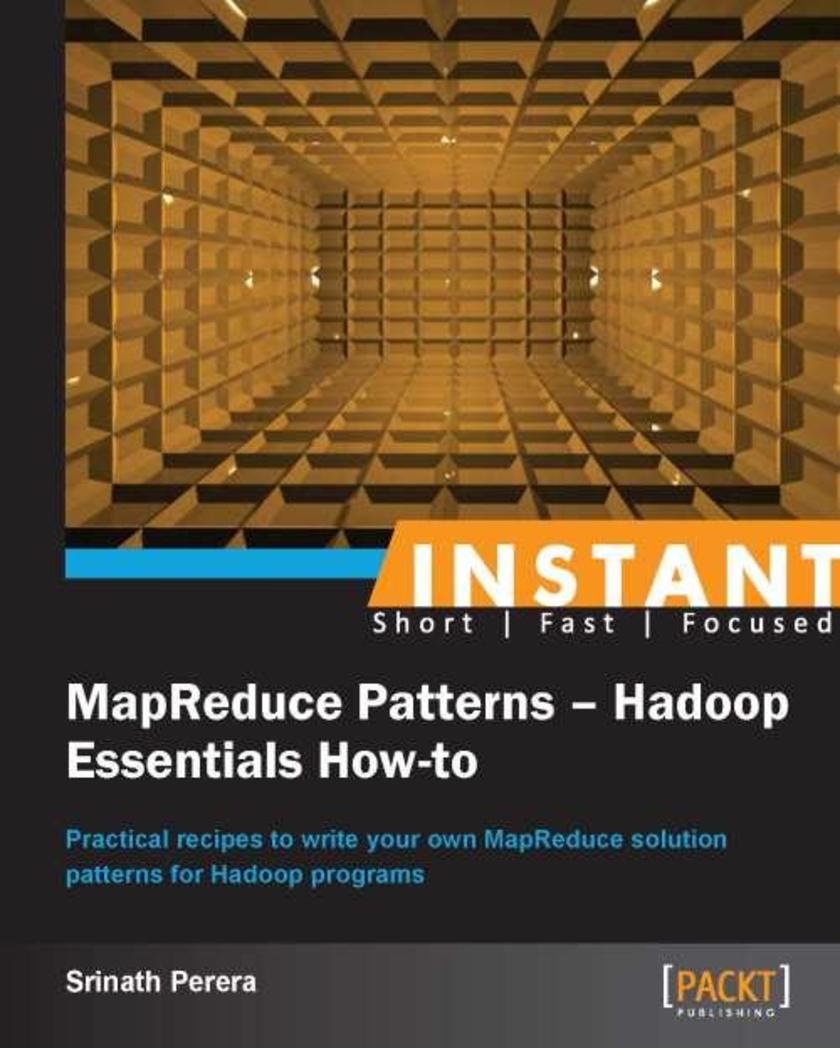
Instant MapReduce Patterns – Hadoop Essentials How-to
¥50.13
Filled with practical, step-by-step instructions and clear explanations for the most important and useful tasks. This is a Packt Instant How-to guide, which provides concise and clear recipes for getting started with Hadoop.This book is for big data enthusiasts and would-be Hadoop programmers. It is also meant for Java programmers who either have not worked with Hadoop at all, or who know Hadoop and MapReduce but are not sure how to deepen their understanding.
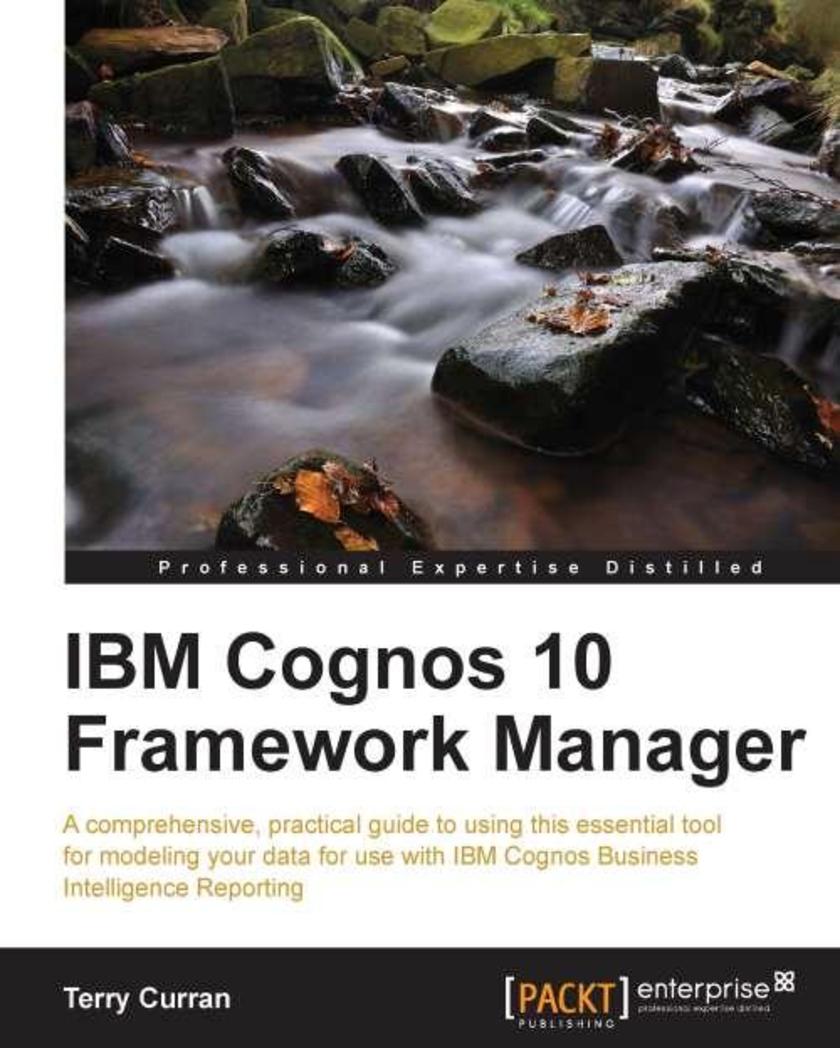
IBM Cognos 10 Framework Manager
¥63.21
Presented in a hands-on style, this guide presents you with real world examples to guide you through every process step by step.This book will be useful for any developer, novice or expert, who uses Framework Manager to build packages, but wants to expand their knowledge even further.
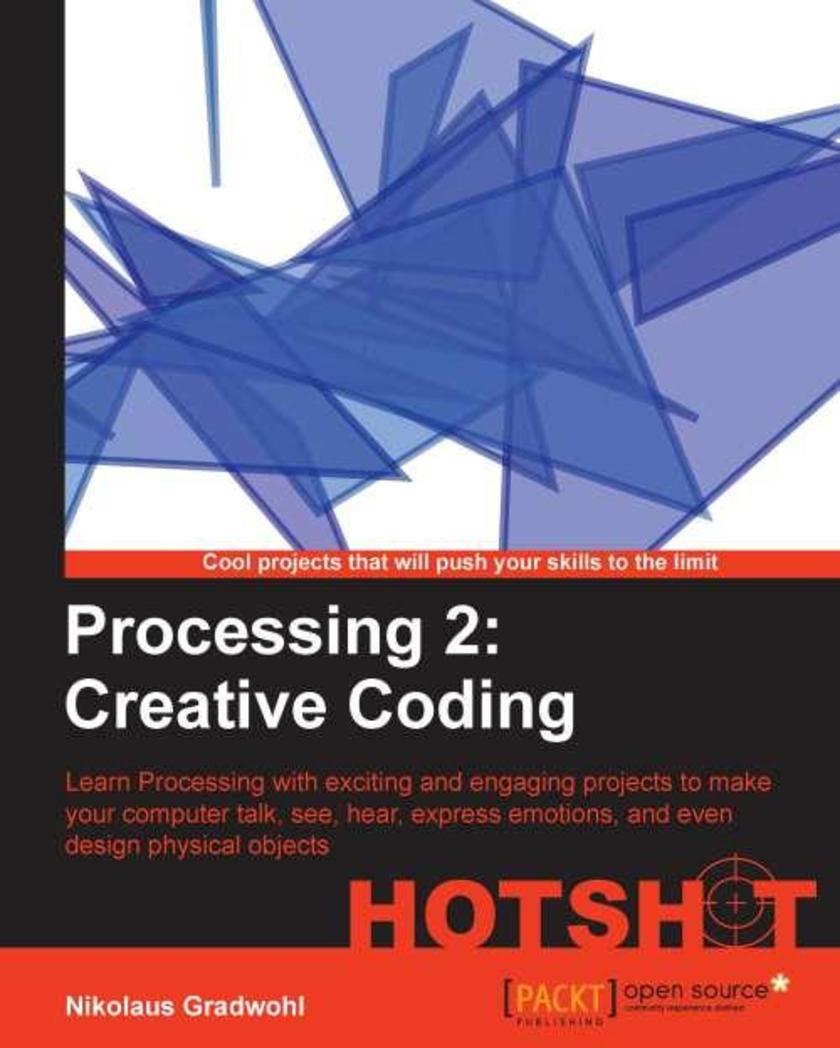
Processing 2: Creative Coding Hotshot
¥80.65
Using a project-based approach, you will be able to learn the coolest aspects of working with Processing. Each project contains step-by-step explanations, diagrams, screenshots, and downloadable material to make learning Processing even easier.This book targets Processing developers ,visual artists, creative professionals, and students who want to move to the next level of learning Processing for gaining inspiration, work, or just for fun. The book assumes a basic understanding of programming. However, this book is also recommended to non-artistic readers, looking to expand their graphics and develop their creativity.
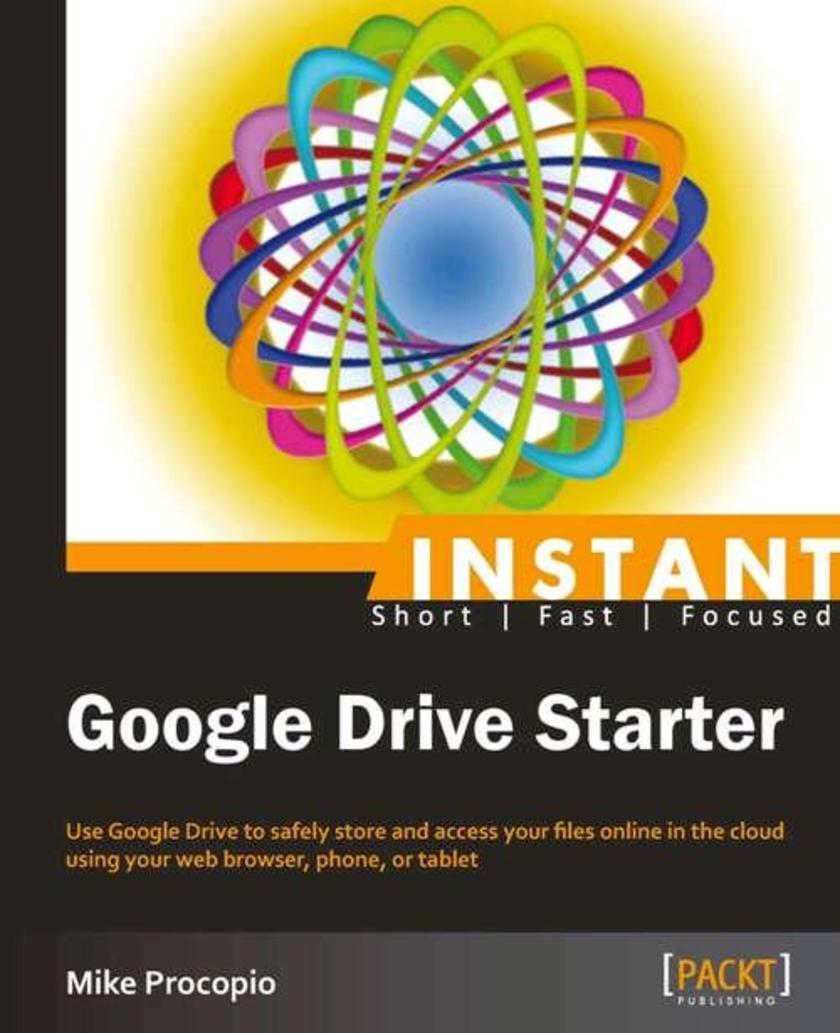
Instant Google Drive Starter
¥35.96
Get to grips with a new technology, understand what it is and what it can do for you, and then get to work with the most important features and tasks. This book is a Starter which teaches you how to use Google Drive practically. This book is perfect for people of all skill levels who want to enjoy the benefits of using Google Drive to safely store their files online and in the cloud. It’s also great for anyone looking to learn more about cloud computing in general. Readers are expected to have an Internet connection and basic knowledge of using the internet.

Building your First Mobile Game using XNA 4.0
¥71.93
This book is a step-by-step tutorial with a lot of screenshots that help to explain the concept better. This book will cover the building of a 3D game for Windows Phone using XNA. We won’t explain the C# programming language itself, nor object-oriented programming.We will however explain the aspects of game development thoroughly, so don’t worry if you have never written a 3D game. We will cover all the basics, included the much dreaded math. This is the right book for anyone, regardless of age and gender, if: You are interested in game development You want to start building games for Windows Phone You have some programming knowledge. In this book, we will first go over the technical topics, and end up building a 3D game for Windows Phone 7 together!
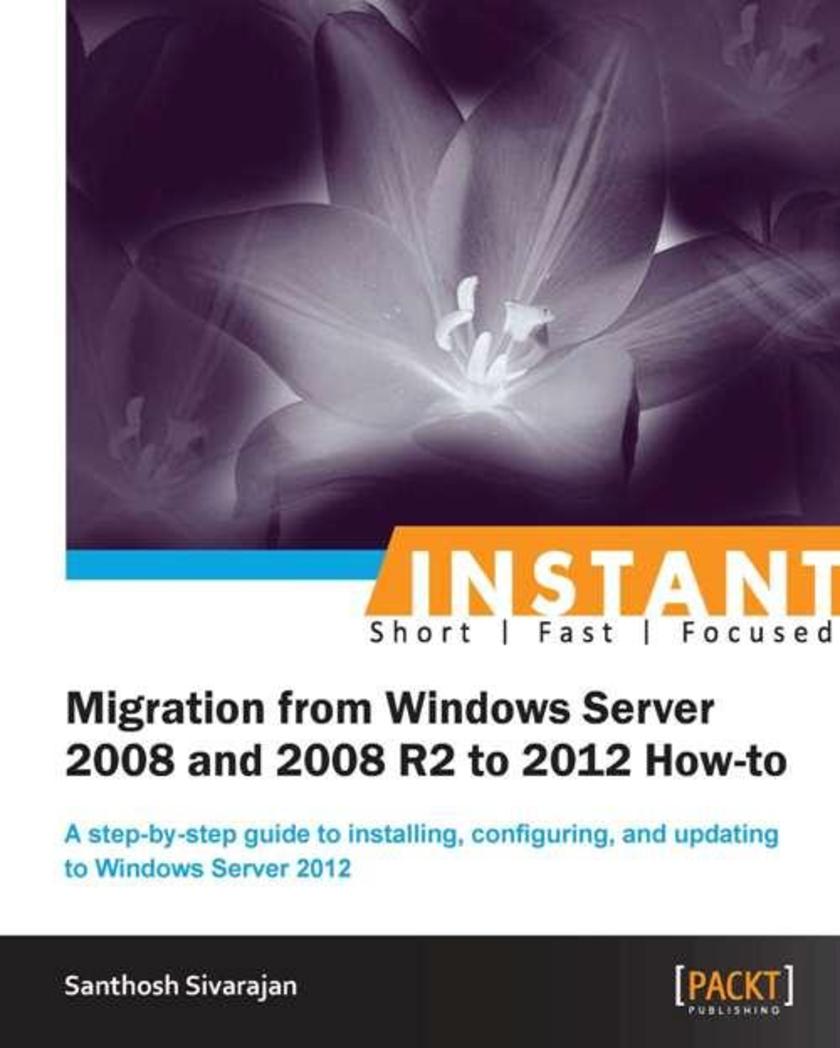
Instant Migration from Windows Server 2008 and 2008 R2 to 2012 How-to
¥50.13
Filled with practical, step-by-step instructions and clear explanations for the most important and useful tasks. Get the job done and learn as you go. Presented in a hands-on reference manual style, with real-world scenarios to lead you through each process. This book is intended for Windows server administrators who are performing migrations from their existing Windows Server 2008 / 2008 R2 environment to Windows Server 2012. The reader must be familiar with Windows Server 2008.

Learning R for Geospatial Analysis
¥90.46
This book is intended for anyone who wants to learn how to efficiently analyze geospatial data with R, including GIS analysts, researchers, educators, and students who work with spatial data and who are interested in expanding their capabilities through programming. The book assumes familiarity with the basic geographic information concepts (such as spatial coordinates), but no prior experience with R and/or programming is required. By focusing on R exclusively, you will not need to depend on any external software—a working installation of R is all that is necessary to begin.
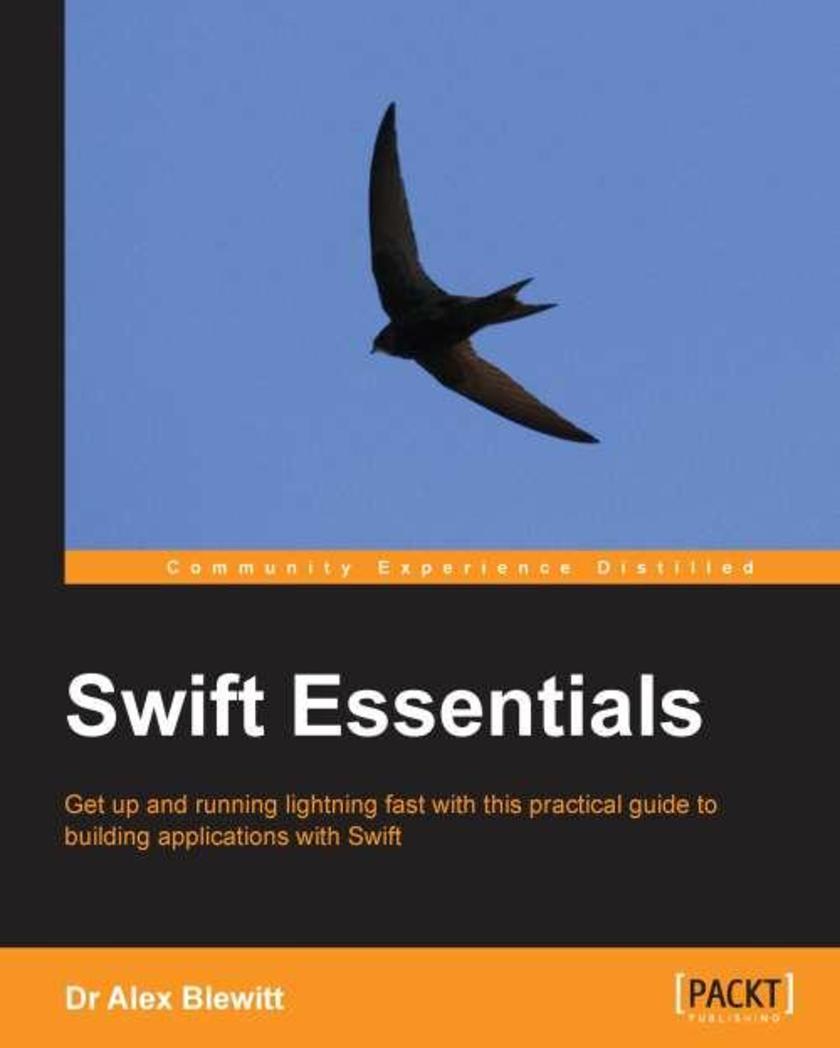
Swift Essentials
¥90.46
Whether you are a seasoned Objective-C developer or new to the Xcode platform, Swift Essentials will provide you with all you need to know to get started with the language. Prior experience with iOS development is not necessary, but will be helpful to get the most out of the book.
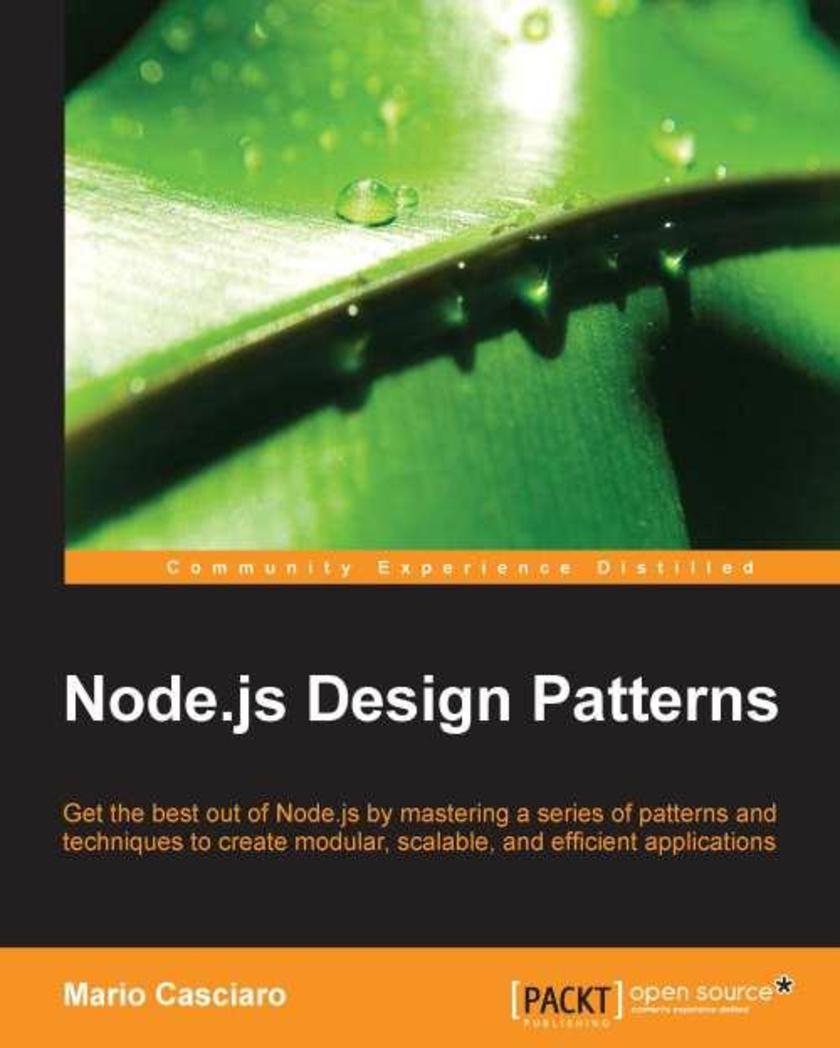
Node.js Design Patterns
¥90.46
If you're a JavaScript developer interested in a deeper understanding of how to create and design Node.js applications, this is the book for you.
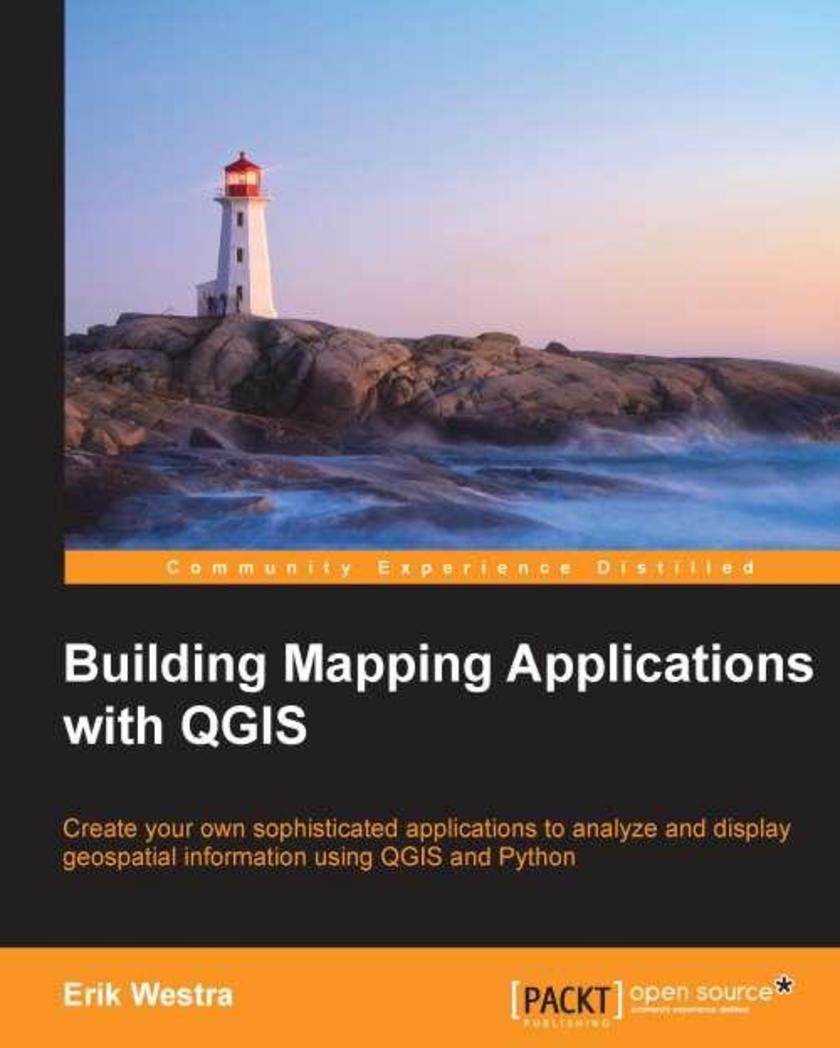
Building Mapping Applications with QGIS
¥80.65
If you are an experienced Python developer who wants to create your own geospatial applications with minimum fuss, this is the book for you. While some familiarity with mapping applications would be an advantage, no prior knowledge of geospatial concepts is required. Even if you've never used QGIS before, this book will quickly get you up to speed.
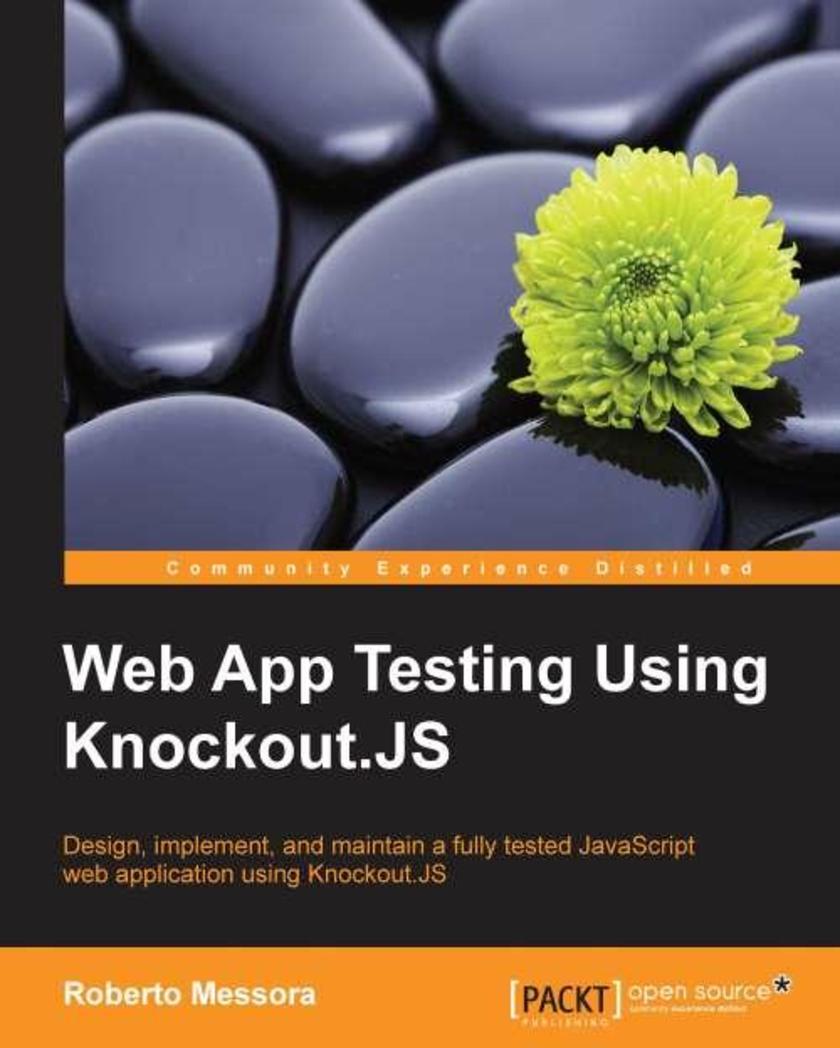
Web App Testing Using Knockout.JS
¥54.49
If you are a JavaScript developer, beginner, or an expert who wants to improve quality standards in terms of solutions design and functional verification, this book is for you. Basic understanding of web development, HTML, and JavaScript is required.
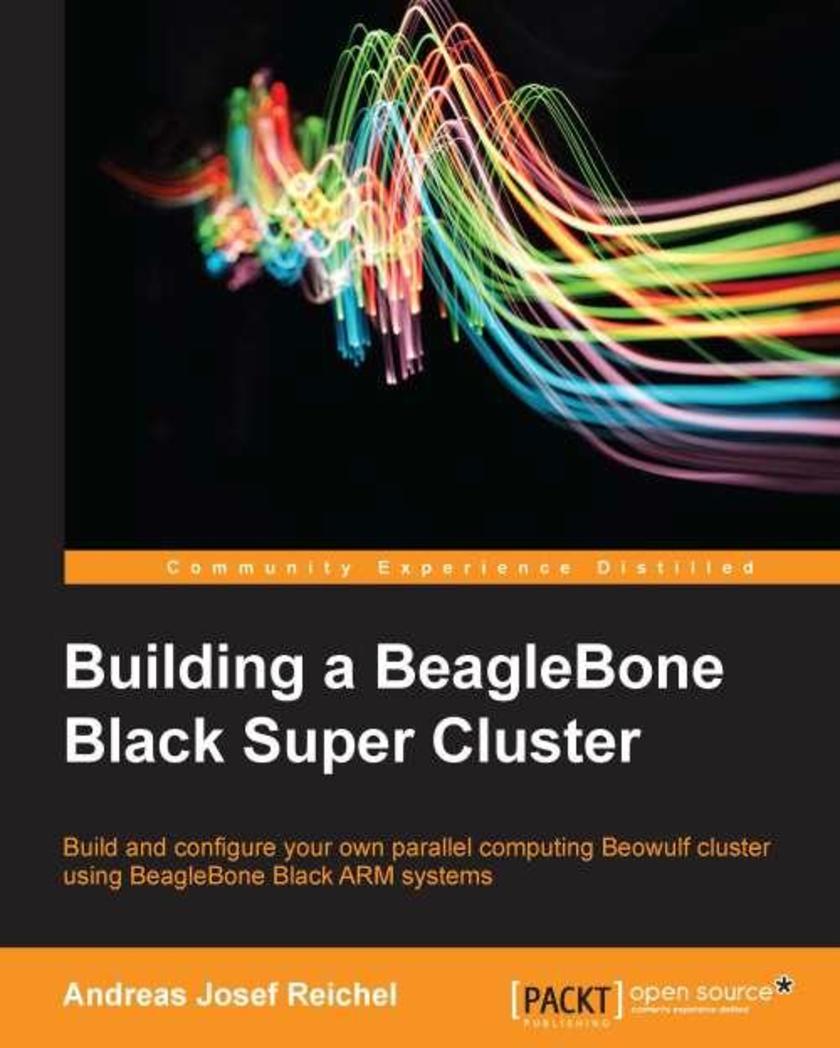
Building a Beaglebone Black Super Cluster
¥54.49
If you are a programmer, scientist, or someone interested in modern computer technology that goes beyond the typical PC, then this book will show you the outstanding possibilities of cluster computing with modern embedded systems based on ARM architecture. Whether you need a high-speed or low-cost scalable cluster for simulations or want to try something new, this book is the right guide for you.

Responsive Web Design by Example : Beginner's Guide - Second Edition
¥80.65
This is the ideal reference for both new and existing web developers who want to be able to augment their skills and showcase their content in a truly professional manner.

Heroku Cookbook
¥90.46
This book is intended for developers who want to learn what it takes to deploy and manage production level applications on Heroku. You may have already deployed applications to Heroku or may be entirely new to the platform. This book will get you up to speed quickly with all the knowledge needed to run real-world web applications on Heroku. When using the recipes in this book, it would be helpful to have some prior experience of working with Git and command line applications.
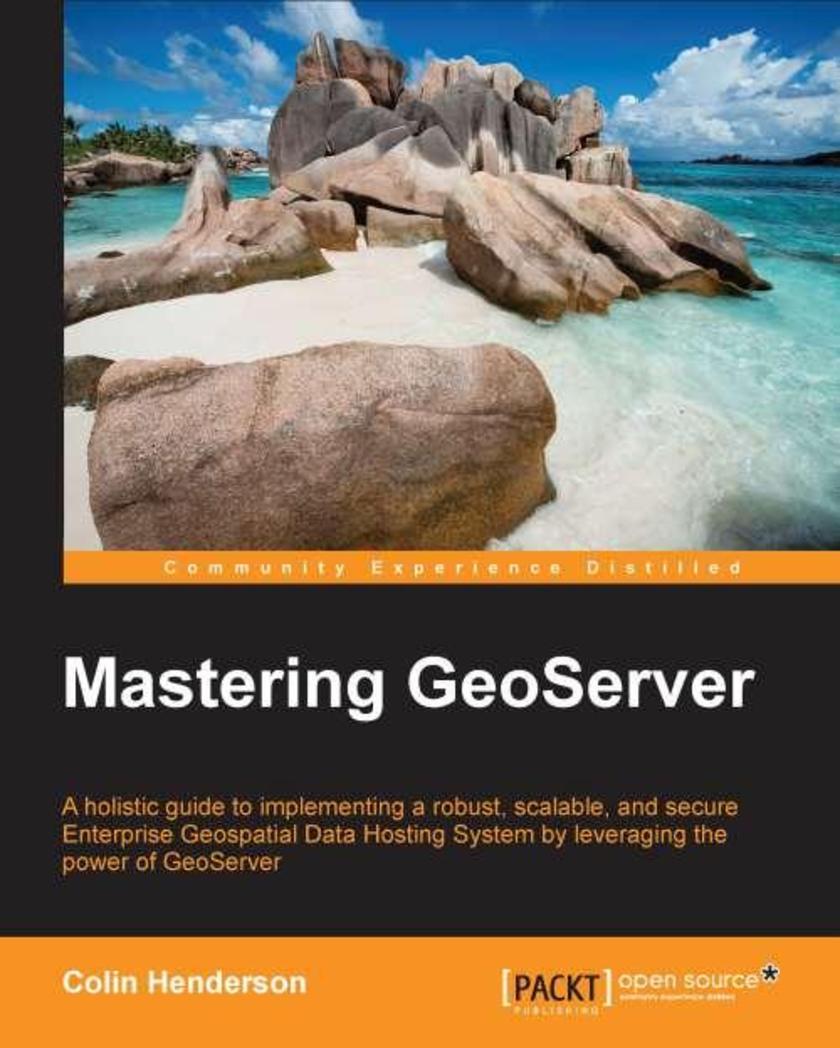
Mastering GeoServer
¥90.46
If you are a GIS professional who intends to explore advanced techniques and get more out of GeoServer deployment rather than simply delivering good looking maps, then this book is for you.

Mastering QlikView
¥107.90
If you are a business application developer or a system analyst who has learned QlikView and Qlik Sense and now want to take your learning to a higher level, then this book is for you. It is assumed that you are aware of the fundamentals of QlikView and have working knowledge of development and in-memory analytics.
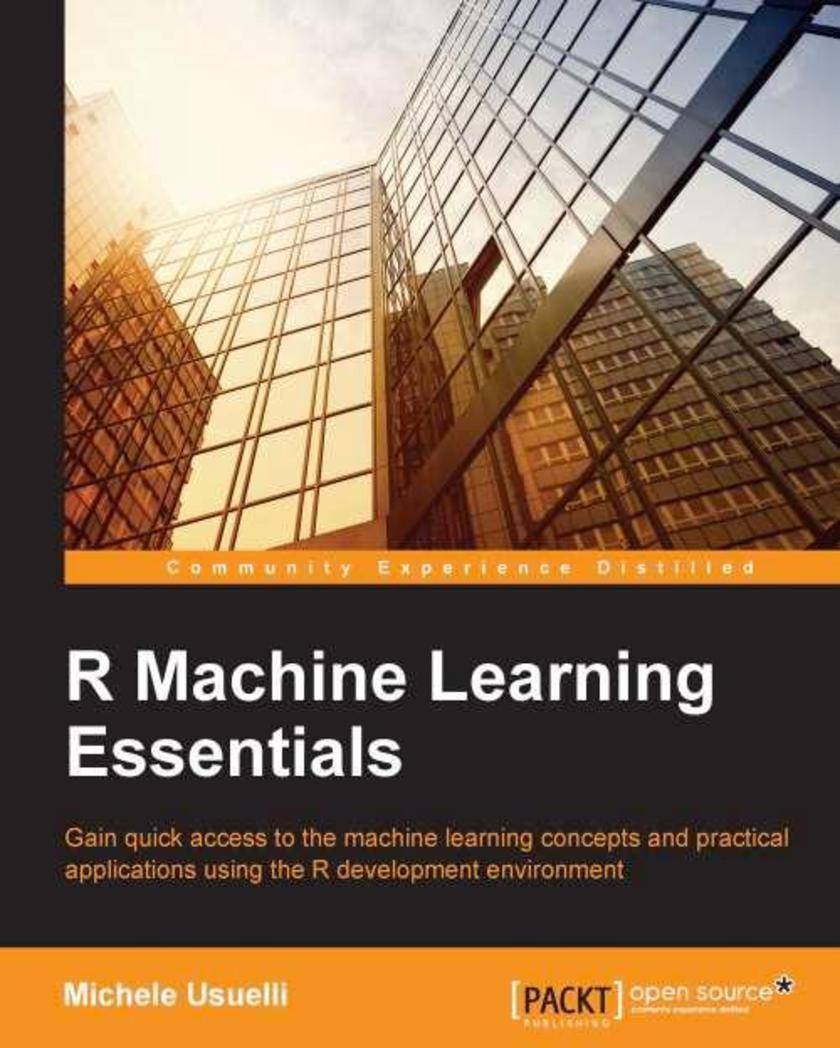
R Machine Learning Essentials
¥71.93
If you want to learn how to develop effective machine learning solutions to your business problems in R, this book is for you. It would be helpful to have a bit of familiarity with basic object-oriented programming concepts, but no prior experience is required.
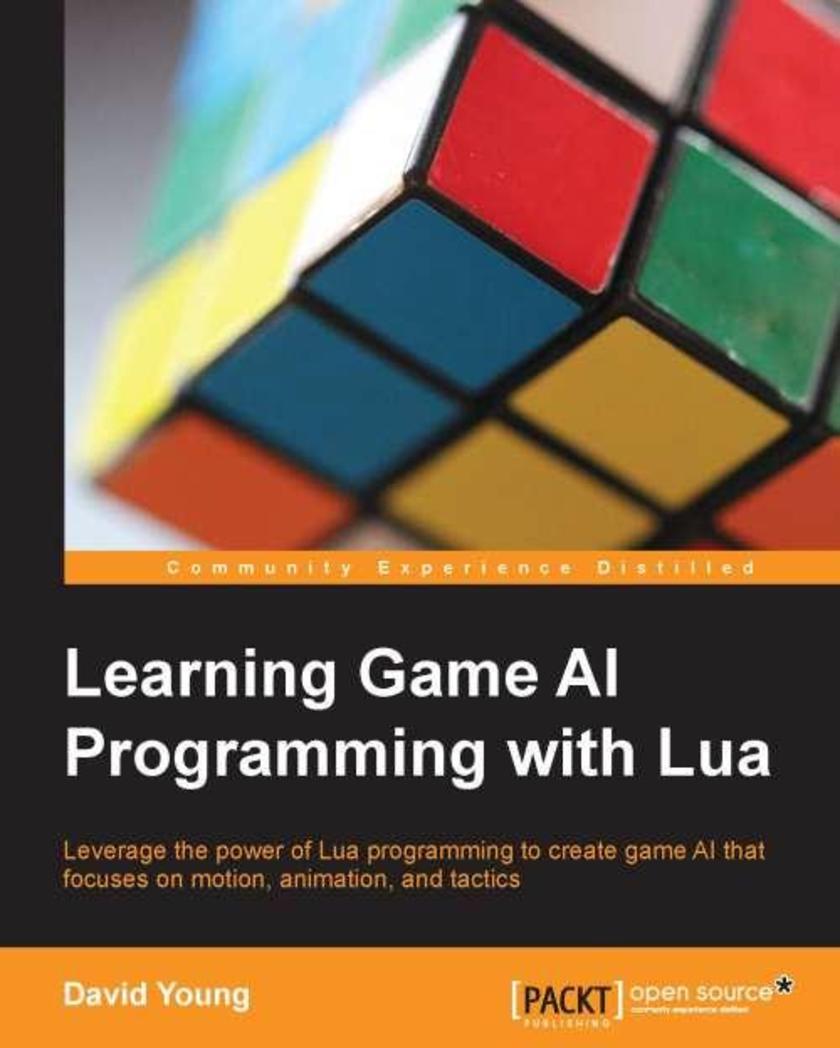
Learning Game AI Programming with Lua
¥80.65
If you are a game developer or a general programmer who wishes to focus on programming systems and techniques to build your game AI without creating low-level interfaces in a game engine, then this book is for you. Knowledge of C++ will come in handy to debug the entirety of the AI sandbox and expand on the features present within the book, but it is not required.
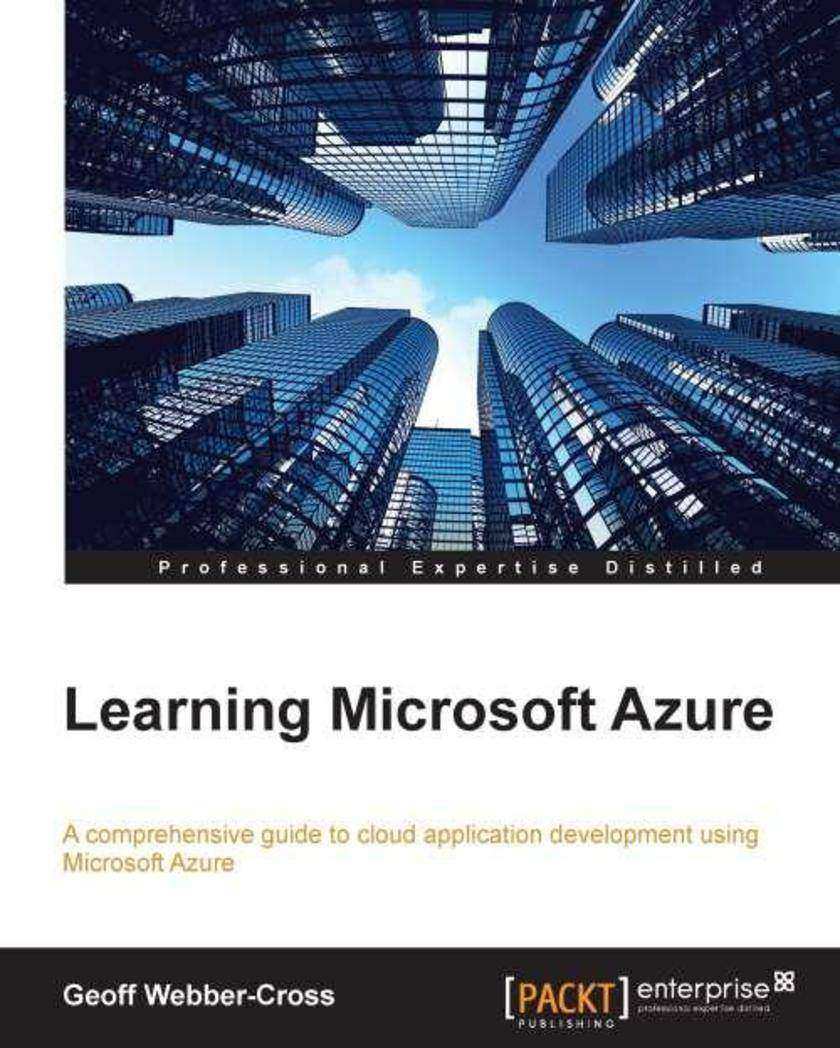
Learning Microsoft Azure
¥80.65
If you are a developer interested in building systems for Microsoft Azure, with an understanding of efficient cloud-based application development, then this is the book for you.




 购物车
购物车 个人中心
个人中心



